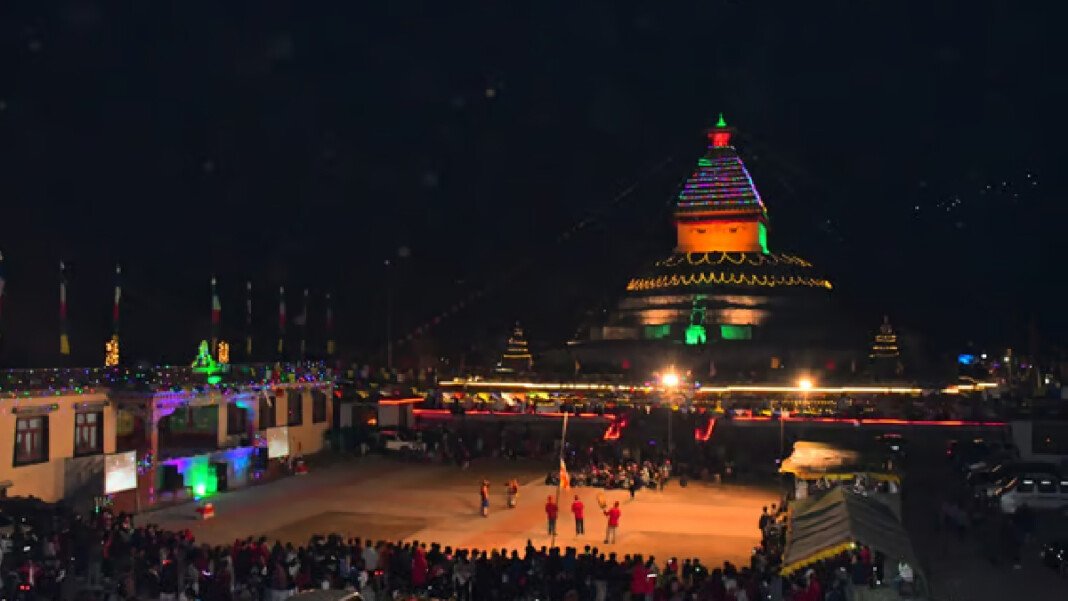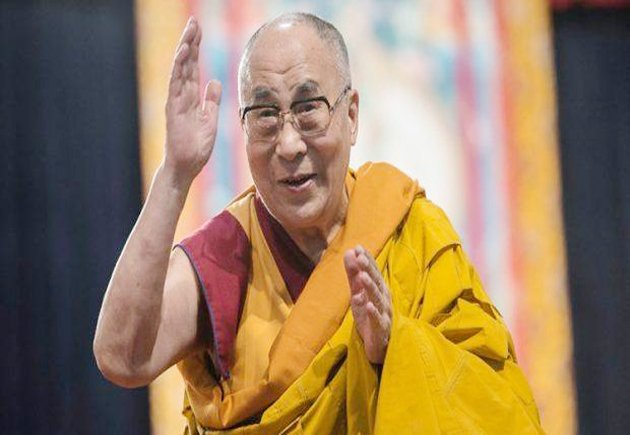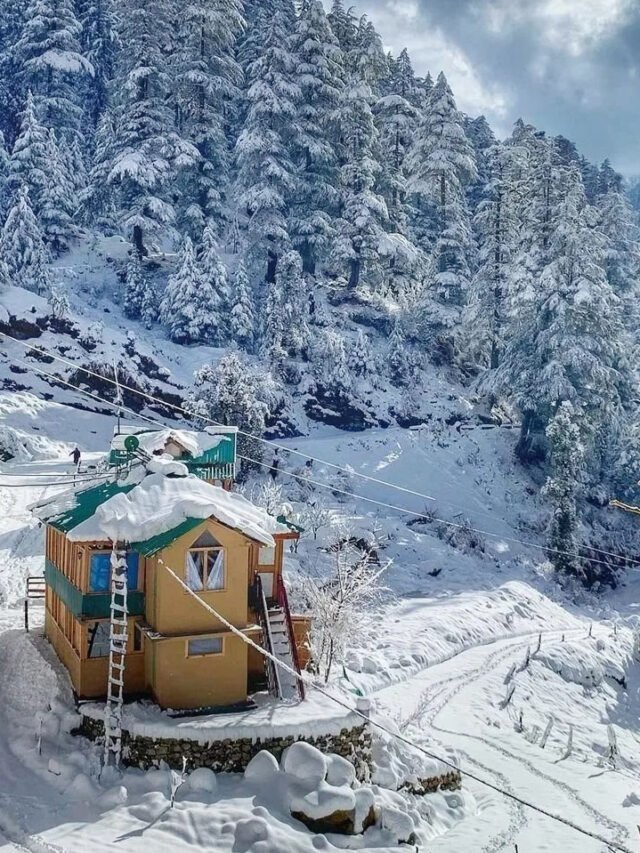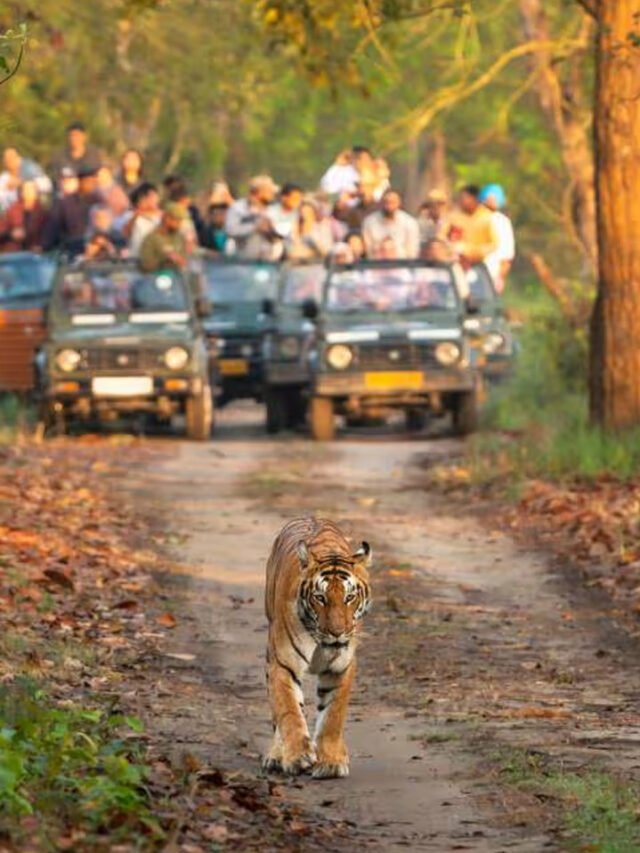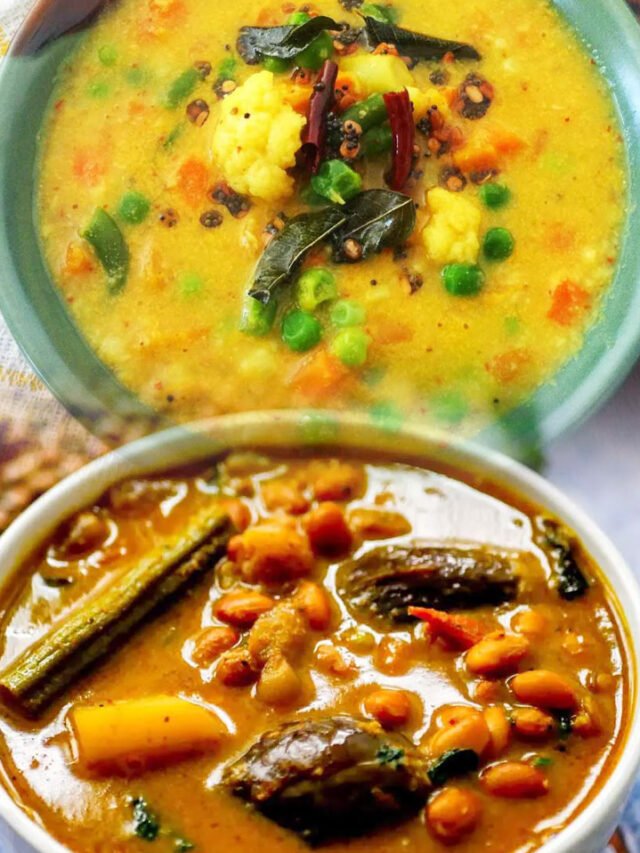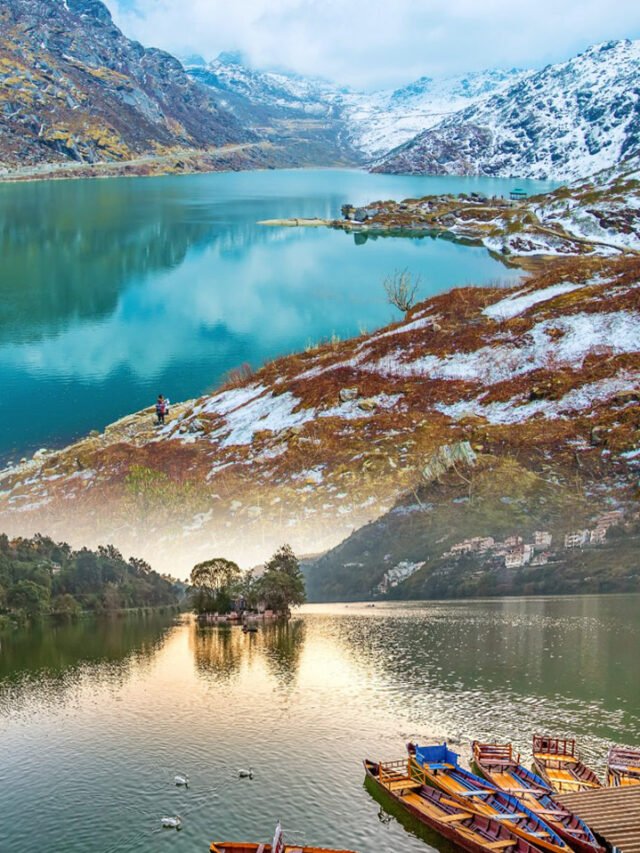HT Digital,
Tawang, March 10: The Zemithang Valley, located in the picturesque Tawang district of Arunachal Pradesh, is known for its historical importance as the refuge of the 14th Dalai Lama during his escape from Tibet in 1959.
The valley, which lies along the Nyanmjang Chu River, hosts the annual Gorsam Kora festival at the Gorsam Chorten. This 93-foot-tall stupa, constructed in the 13th century AD by Lama Pradhar, is a symbol of Himalayan Buddhism and predates the Tawang Monastery.
The design of the stupa is inspired by the Boudhinath stupa of Nepal and it shares a spiritual connection with the Chorten Kora in Trashiyangtse, Bhutan, built in 1740. During the Gorsam Kora festival, devotees, including a significant number of Bhutanese nationals, gather to participate in the religious event held on the last day of the first month of the Lunar calendar.
The festival, which started on March 7 and ended on March 10, is a celebration of the cultural heritage of the region and a testament to the strong bonds between India and Bhutan.
The local community of Zemithang, in partnership with civil authorities and with the support of local Indian Army Units, organised the Gorsam Kora Festival. The event began with an invocation by His Eminence Padam Sri Thengtse Rinpoche, followed by prayers at the Khinzemane Holy Tree, believed to be planted by the 14th Dalai Lama.
The festival attracted pilgrims and Lamas from Bhutan, Tawang, and surrounding areas, showcasing a spirit of camaraderie and cultural exchange. Approximately 80 Bhutanese attended, with half visiting Gorsam Chorten and the rest engaging in trade.
The festival offered a variety of events, including performances by local cultural troupes and Indian army bands, and martial displays like Mallakhamb and Zanjh Pathaka. As Zemithang valley has many villages under the central government’s Vibrant Village Program, community activities like a medical camp were organised.
This year, the festival is being celebrated as a ‘Zero Waste Festival’, with a cleanliness drive led by the Further and Beyond foundation, an NGO, with support from the Indian Army and local administration.


